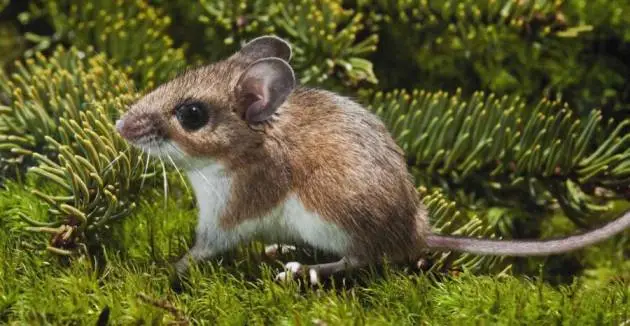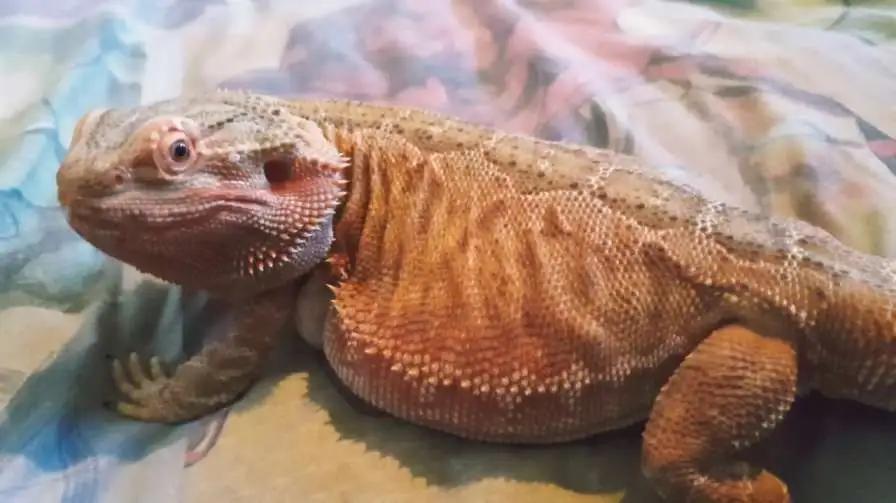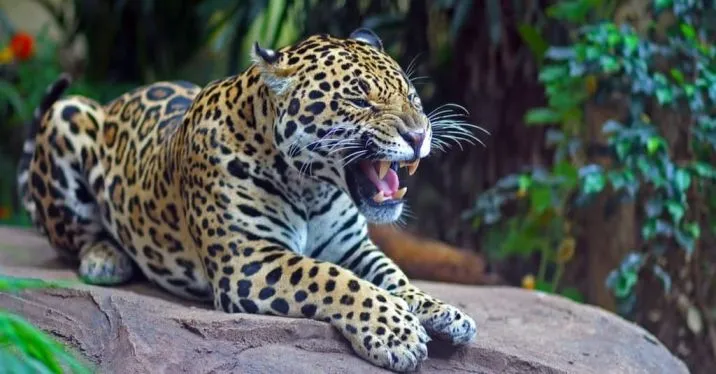Stroll outside, into any normal region in North America, and odds are there are deer mice around. You might well not see their 1-ounce bodies and long, slender tails, however they're there. Deer mice, no doubt, are the most well-known vertebrate in North America.
Like any creature existing in that sort of overflow, deer mice at the same time bring food, nourishment, and disarray to a scene. They feed practically any hunter that strolls, crawls or flies, but at the same time they're entrepreneurial hunters that will harm and wound if important.
They convey dangerous infections. Deer mice are far beyond bugs. There is a lot to find out around one of the country's most significant prey species, including a couple of turns that unexpected even scientists.
Eat, Breed, Die
In imprisonment, a deer mouse can satisfy eight years. In nature? Frequently about a year. Their shortened endurance time in the forest, fields, and fields might appear to be a restricting component for populace development, however the inverse is valid.
Deer mice replicate, all things considered, a considerable amount. A female arrives at sexual development in less than two months, and conveys a litter for around 24 days.

That implies one female could have a small bunch of litters every year, with sizes differing from one to 11 relying upon a lot of elements and progressively founded on environmental change (favoring that later).
They are one of a modest bunch of little well evolved creatures that are quintessential generalists," says Bryan McLean, a teacher at the College of North Carolina Greensborough who has read up deer mice for quite a long time. That doesn't mean they don't have variations to better places where they reside, yet they truly do well in various environments.
By "a great deal," he implies a ton. Deer mice get by, and flourish, in woods, meadows, grassland, bushes, mountains, bowls, agrarian regions, and city fields. They flourish in regions upset by fire or people, as recovered regions after energy improvement or fields furrowed for crops.
Their reach stretches out from far northern Canada to Mexico, and from the west to east drifts except for parts of the southeastern US. A subspecies called island deer mouse, is one of just four local warm blooded creatures to the Direct Islands off the bank of California. Every island developed an unexpected subspecies in comparison to isn't found elsewhere.
For a little mouse, their home reaches can be obviously little. The US Timberland Administration gauges the littlest home reach for a deer mouse is around .08 sections of land, or under a 10th the size of a standard football field. They can likewise, notwithstanding, have a home reach as large as very nearly five football fields.
Growing and Shrinking
There's a guideline in biology called Bergmann's Standard. It states, for the most part, that the farther north an animal categories runs, the greater it is to remain warm.
That is the reason earthy colored bears in The Frozen North will generally be greater than their Wyoming partners, or why white-followed deer are greater in Canada than the Florida Keys. A few animal varieties observe the guideline, others don't.
Rationale would then express, that as environment changes and colder regions become hotter, body sizes are likewise moving. McLean and a group at the Florida Gallery tried this speculation in deer mice (an animal categories with probably the most bountiful historical center and data set examples) and tracked down blended results.

Greater bodied deer mice were getting more modest, and more modest bodied deer mice were getting greater, and neither of these outcomes had a lot of to do with environmental change, expresses a new paper co-wrote by McLean in Logical Reports.
All things considered, urbanization might be making more limited mice with greater bodies. It could be more reliable with body size is variable for different things they need to do other than food like track down cover in little spaces or keep away from hunters," he says. Deer mice likewise can develop or contract their GI parcel contingent upon food assets and energy requests.
Now and again, it really depends on 30%," McLean says. "In seasons where assets are all the more scant or they need more energy, the GI plot will in general get longer, and additionally heavier to build how much time the food is in there to acquire calories from it. The greatest GI lots that we measure are in the colder time of year and in females that are reproducing and lactating.
Environment may likewise be changing how deer mice breed and litter size. Deer mice had less children all at once in regions with longer developing seasons, as per a paper distributed in the diary Mammalogy. In any case, they were likewise ready to raise more throughout a year.
The Good, the Bad, and the Ugly
In the first place, the awful news about these shaggy, earthy colored animals with white tummies: They go about as vectors for two illnesses that people fear. The first is Lyme infection. A tick takes care of off a deer mouse, which might have Lyme sickness, then locks onto a human or another warm blooded creature, passing the disease along.
Deer mice are generally usually known for conveying hantavirus, a lethal respiratory illness. The infection sheds through dung or pee, then contaminates people in the event that it becomes sprayed.

While hantavirus is perilous to people, the Places for Infectious prevention suggests staying away from the disease via fixing your home and avoiding potential risk while cleaning outbuildings, sheds and different regions where deer mice might have congregated.
A world without deer mice would be a less intriguing one, McLean says. Less deer mice would likewise be a disaster for most hunters on the scene from birds of prey, hawks and owls to coyotes, foxes and snakes.
One review showed that deer mice so successfully eat seeds from weeds and extra seeds from agrarian collect in the fall they were offering a fundamental assistance to ranchers in the Midwest.
In certain areas like southwest Wyoming's sagebrush steppe, their numbers and hungers are turning into somewhat of an issue. Deer mice in recovered regions are assaulting lark homes, eating the eggs, yet the youngsters, expresses College of Wyoming teacher Anna Chalfoun. A portion of the little birds they will take and eat," she says. "Others, in the event that it's of a bigger lark, deer mice will mangle so the birds can't fledge and take them out individually.




